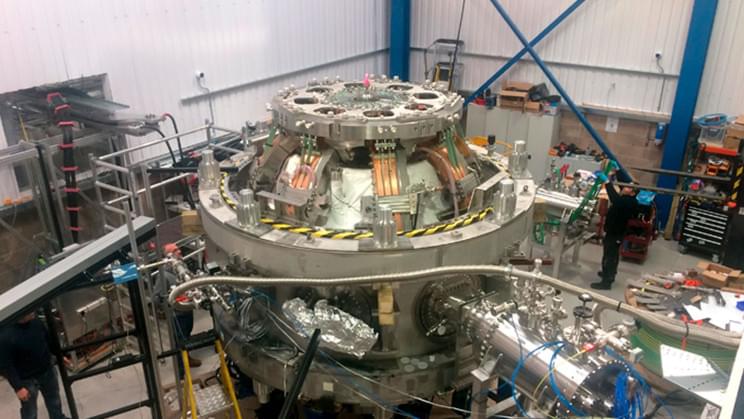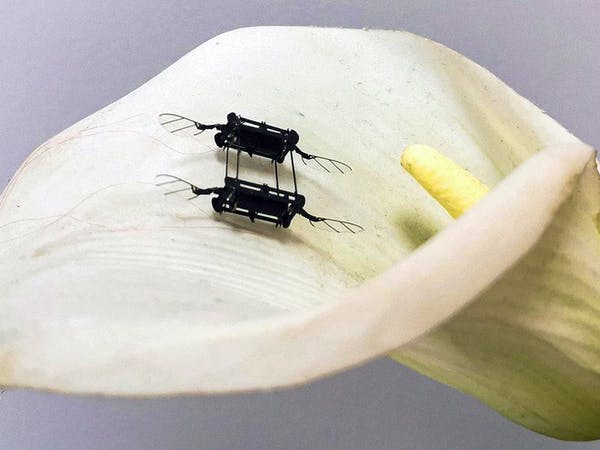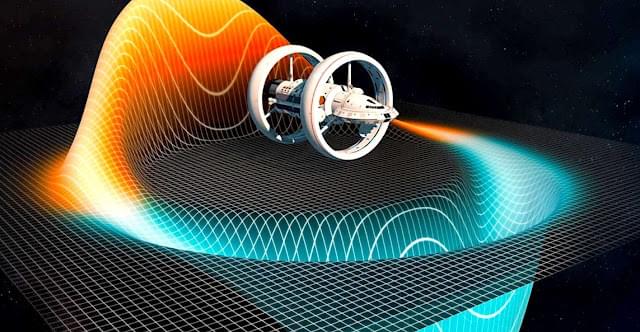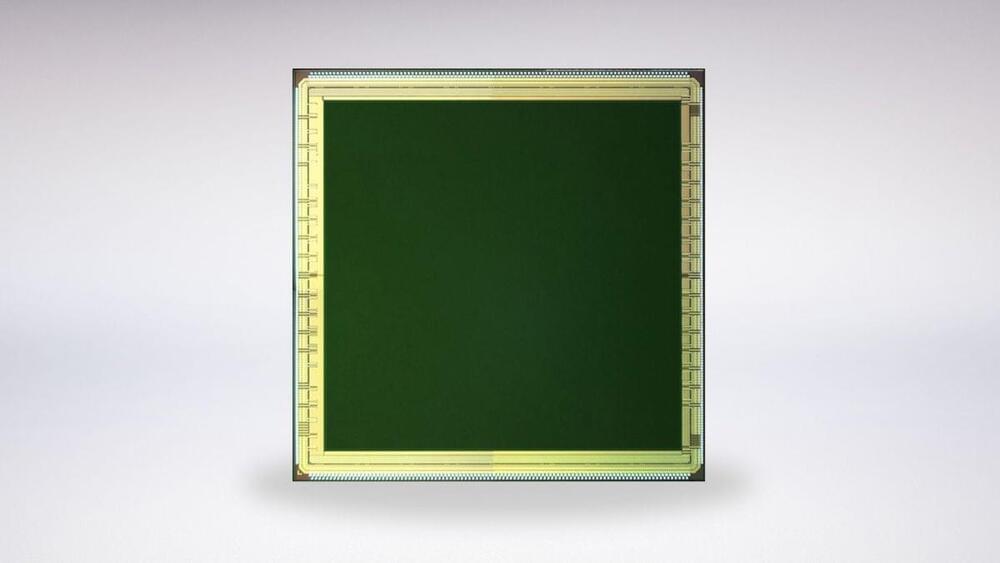Chinese scientists are celebrating the success of a new hypersonic engine, according to reports. The past few months have been important for China in terms of the success of its hypersonic technologies.
Not only did the country get a new wind tunnel ready for tests of hypersonic weapons but it is also developing a hypersonic passenger plane. The fact that the country is in possession of a nuclear-capable hypersonic weapon system that is orbital in nature was also revealed less than a month ago.
Now, the successful testing of this engine will pave way for more advanced developments in components used for hypersonic flight, SCMP reported.






